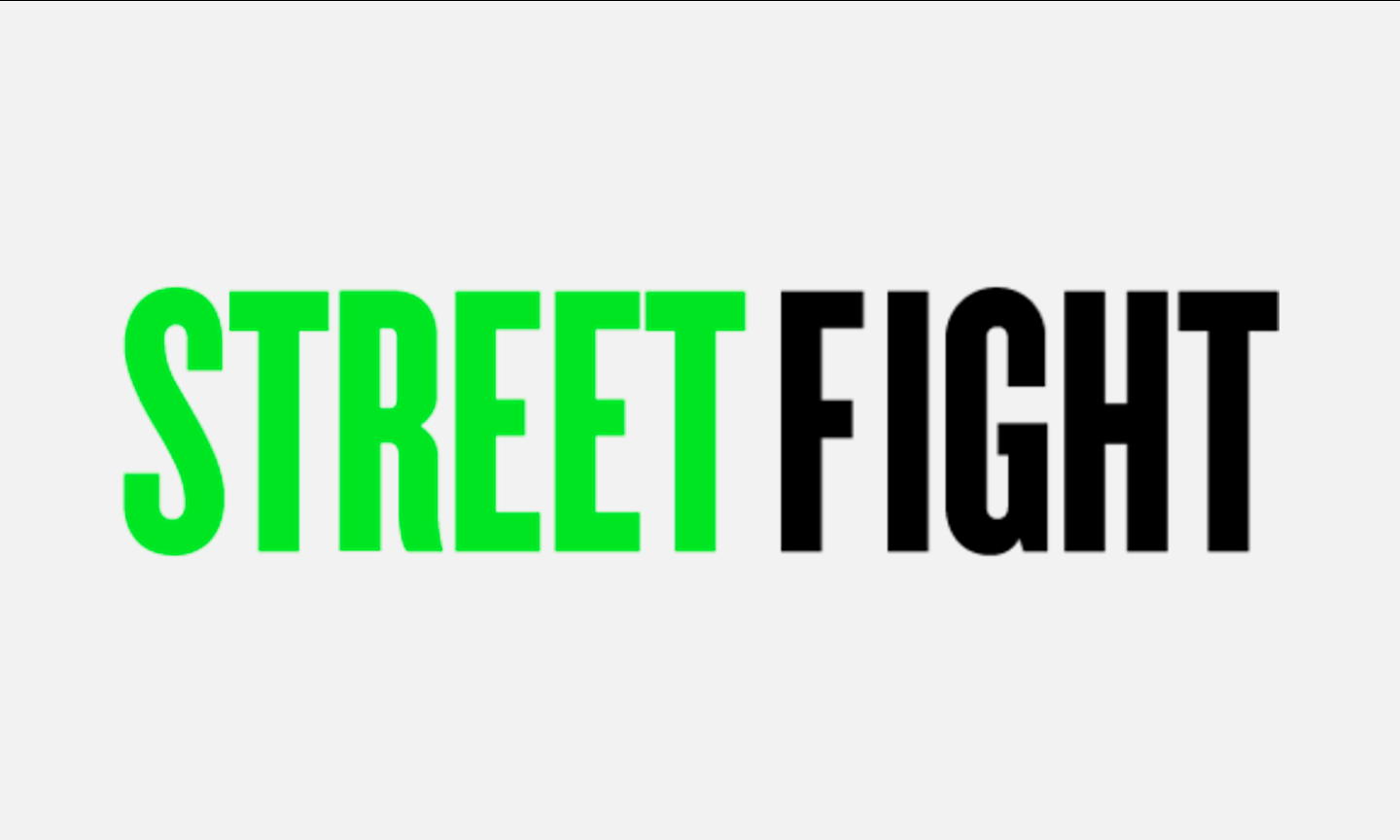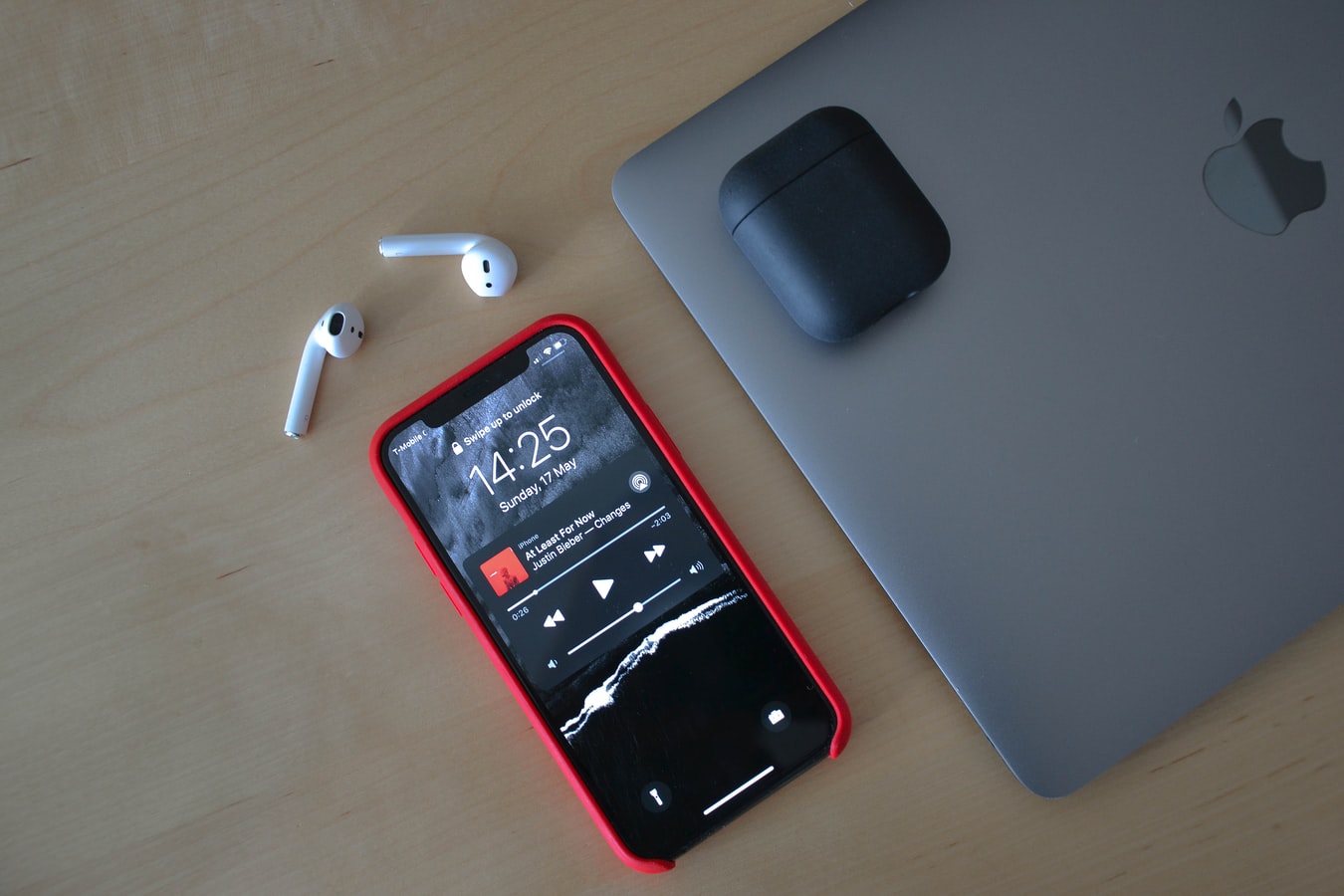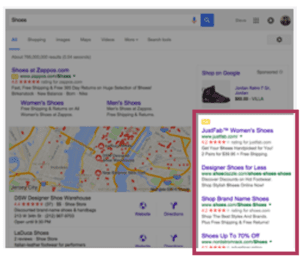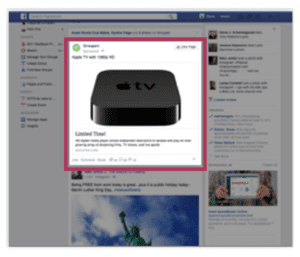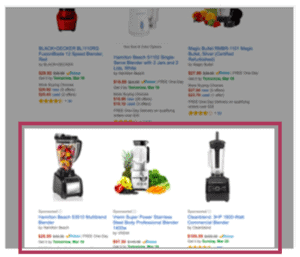The average consumer in the US now spends over 1.5 hours listening to digital audio every day. To put that number in perspective, when adding up all forms of media that consumers interact with every day, both digital and traditional, digital audio snags over 10% of the total.
As advertisers are keenly aware, consumers constantly switch between media and channels to consume and interact with content. Knowing that digital audio is a constant (and large) source of content consumption gives advertisers a huge window of opportunity to reach consumers as they move throughout their day.
Additionally, we know the standing out in these crowded marketplaces is also a challenge. Whether display, video, or audio, differentiating your brand from your competitors with a timely, interactive, and personal advertisement is essential in today’s market. So, to help you get started when creating your digital audio ads, we’ve put together six tips to ensure your digital ads are optimized for the best consumer experience. Let’s jump in.
What is Digital Audio?
At Digilant, we define digital audio to include music streaming services (such as Pandora and Spotify), digital radio stations (Sirius XM), and podcasts. Every consumer has their preferred listening methods, so for a deeper dive into each of these channels and how advertisers can reach listeners, check out our blog post, Digital Audio Advertising Trends: Your Guide to Reaching Listeners in 2021 here.
6 Creative Tips to Optimize your Digital Audio Advertising
1. Ad Length
Although the 30-second audio spot is common, it may not perform the best for every advertiser. Shorter spots of 10-15 seconds can be a more effective way to hold listeners’ attention. Test out both lengths to see what performs best based on your goals.
- Remember: keep your ad short and concise
- Roughly 40 words for a 15-second ad
- About 85 words for a 30-second ad
2. Call-to-Action
Every audio ad should include a clear call-to-action (CTA) within the first 10 seconds of the audio spot, but keep in mind that listeners are not always looking at the screen. They may be commuting, exercising, or working on another screen, so don’t rely on companion banners to drive traffic to your site and avoid words like “tap” and “click.”
When targeting a specific channel, such as smartphones, consider a mobile-specific CTA like “text for a coupon.”
3. Frequency
Audio offers a focused one-to-one connection; therefore, the frequency of your ad being heard is essential. You want your ad to be memorable but not annoying to the audience. A good middle ground is three to five times per week but obviously varies on a case-by-case basis. Advertisers promoting a new brand or time-sensitive offer opt for a higher frequency, while longer campaigns and well-established brands might aim for a lower frequency.
To eliminate the lift required to make these digital ads, you can repurpose current traditional radio messaging. This also helps create a more consistent message delivery across multiple media platforms.
4. Keep your message fresh
Like frequency, advertisers need to keep in mind that the actual creation of the ad waivers on a fine line of memorable and annoyance. Use creative that is entertaining and uses your brand’s proprietary identifies, such as a jingle.
Audio creative that a listener hears over and over tends to drop in performance. Swap in new audio spots every few months for longer campaigns and feature product releases or seasonal promotions.
If you have the resources to create multiple audio spots, we recommend testing two or more and leveraging dynamic audio for more engaging ads tailored to the audience. This not only offers a better listening experience but gives you insight into what messages work best.
5. Focus on a Conversational Tone
Streaming audio is a very intimate and personal medium, so the ad experience should be no different. Listeners are more receptive when brands use a conversational tone- as if you were speaking with the listener. By avoiding the hard sell sometimes associated with radio advertising, listeners will likely be more receptive to your message.
To take the personalization up a level, dynamically inserted ads can be served across a range of verticals and targeted to a particular audience, time period, or reach and frequency objective. Target consumers based on content, daypart, geographic location, and other criteria.
6. Ensure Measurement
The way people engage with digital audio is very different from visual media, so when setting audio KPI’s, ensure that you are quantifying success in a way that is appropriate to the environment. Some top tips to prompt success in your campaigns, create enticing offers that enable easy purchase decisions, such as:
- Sweepstakes & Coupon Codes, Social Integration through Photo Uploads and #Hashtags, Retailer Details, etc.
- Ask the listener to tap/shake to call, click for coupon, or text for more information.
Innovative Digital Audio Creative Types to Try Today
The popularity of digital audio will continue to grow in the coming years. Setting your brand up for success with this platform now will ensure success in the future. You may also consider some unique creative formats as you consider these tips for implementing when drafting and creating your digital audio spots. Digital audio offers many formats beyond standard spots. Consider some popular formats to help you stand out from the competition, such as:
- Host Read Podcasts: Retarget users exposed to the audio ad.
- Symphonic Ads: Dynamically update the background of an audio ad to match a music genre.
- Voice Interactive Ads: Engage with the listener using voice commands.
- Sequential Messaging: Use different ads placed sequentially in different ad breaks for compelling storytelling.
Digilant’s Digital Audio Advertising Solutions
Digilant’s Programmatic Audio Solutions allow you to reach your target audience while they are actively listening to thousands of pureplay streamed music & audio services, streamed terrestrials, and podcasts. We have strategic partnerships with the leading global audio providers, giving brands essentially unlimited reach with access to thousands of premium stations across the globe.
With a host of targeting solutions – ranging from contextual and geographic to genre and device type, we offer our clients flexible buying options: direct, programmatic, and marketplace. Additionally, partnering with Digilant, an omni-media digital advertising partner, creates opportunities for sequential messaging to retarget audio listeners with video, native, or display banners.
Interested in learning more about our digital audio solutions? We’re eager to talk. Contact us today.
